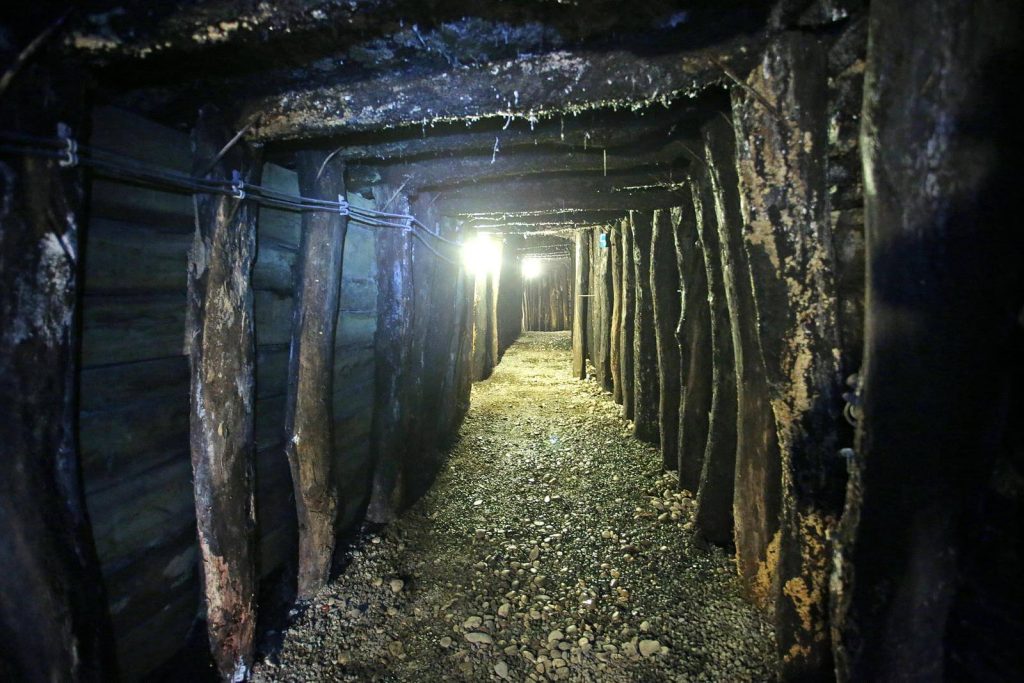The people of Samobor are very proud of this locality and tourist attraction, which is located only five kilometers from the city, i.e., in Rude. It is visited by more than 3,500 tourists a year, and the locals were especially pleased that it reopened to visitors until December 4, the feast of St. Barbara, reports Lokalni.Vecernji.hr.
“It is located in a village whose history is directly related to the history of the mine. The first miners immigrated from Germany, and even today, many of the inhabitants of Rude bear surnames such as Fresl, Lehpamer, Steinkler, or Lebegner. The mine reached its golden age in the 16th century when the amount of excavated copper was twice as large as the total production of this ore in England. The mine was closed in the 1950s and opened to the public in 2012 after a ten-year renovation. Apart from families and mountaineers, our most frequent visitors are school children who most enjoy spending time with the mythical creature of our mine Bergman,” says Maja Klisurić, guide and member of KUD Oštrc, who has been managing the mine since 2016.
Most visitors do not know they will encounter the Bergman hologram before leaving the mine, which leaves a strong impression on children and adults alike. His story dates back to 1905 when in an article published in the Samobor newspaper, teacher Lujo Philer called the mine Bergman’s corridors and left the first record of Bergmans, mythical creatures that live in the depths of the mine.
“Last year, in the simulation of the trench that we set up in front of the mine, we opened a blacksmith’s shop where tourists can learn about how blacksmithing used to be, and they can also try their hand at blacksmith tools. Visitors also admire the beauty of the underground, all this is very exciting and interesting, and they are fascinated by the fact that the reconstruction of the mine is mostly due to folklorists and tamburitza players from KUD Oštrc who still run the mine, which seems to be nowhere in the world,” says Maja Klisurić.
In addition to the visits organized every Saturday and Sunday from 10 am to 6 pm, some important dates during the year are celebrated in front of the mine.
“Undoubtedly the most important and most visited are the Days of Rude Greblica, held on the first weekend in July. There is the celebration of European Heritage Day, as part of which we have the program ‘Be a miner for one day’. We are also delighted with Barbarinje in Rude, a program dedicated to St. Barbarians, protectors of all miners, with which we close the season of tourist tours and use the winter for some significant repairs and works in the mine,” says Maja Klisurić.
Greblica is a salty cake made of cheese and walnuts or greens that the miners brought to the mine.
“Once the only snack of poor miners, today it is the 29th Croatian product with a protected name in the European Union and the first protected gastronomic product in Zagreb County, to the pride not only of Rude but also of the whole of Samobor,” says the guide.
They have a lot of plans for the future, and last year a new attraction was opened, i.e., the smithy of Stjepan Lehpamer, a member of the fourth generation of blacksmiths in Rude.
“There are many plans, and only some of them are the renovation of an additional 465 meters of the mine, multimedia, and the construction of the promenade “walk through the canopy” between the trenches Kokel and Holy Trinity,” concludes Maja Klisurić.
For more, check out our dedicated lifestyle section.









